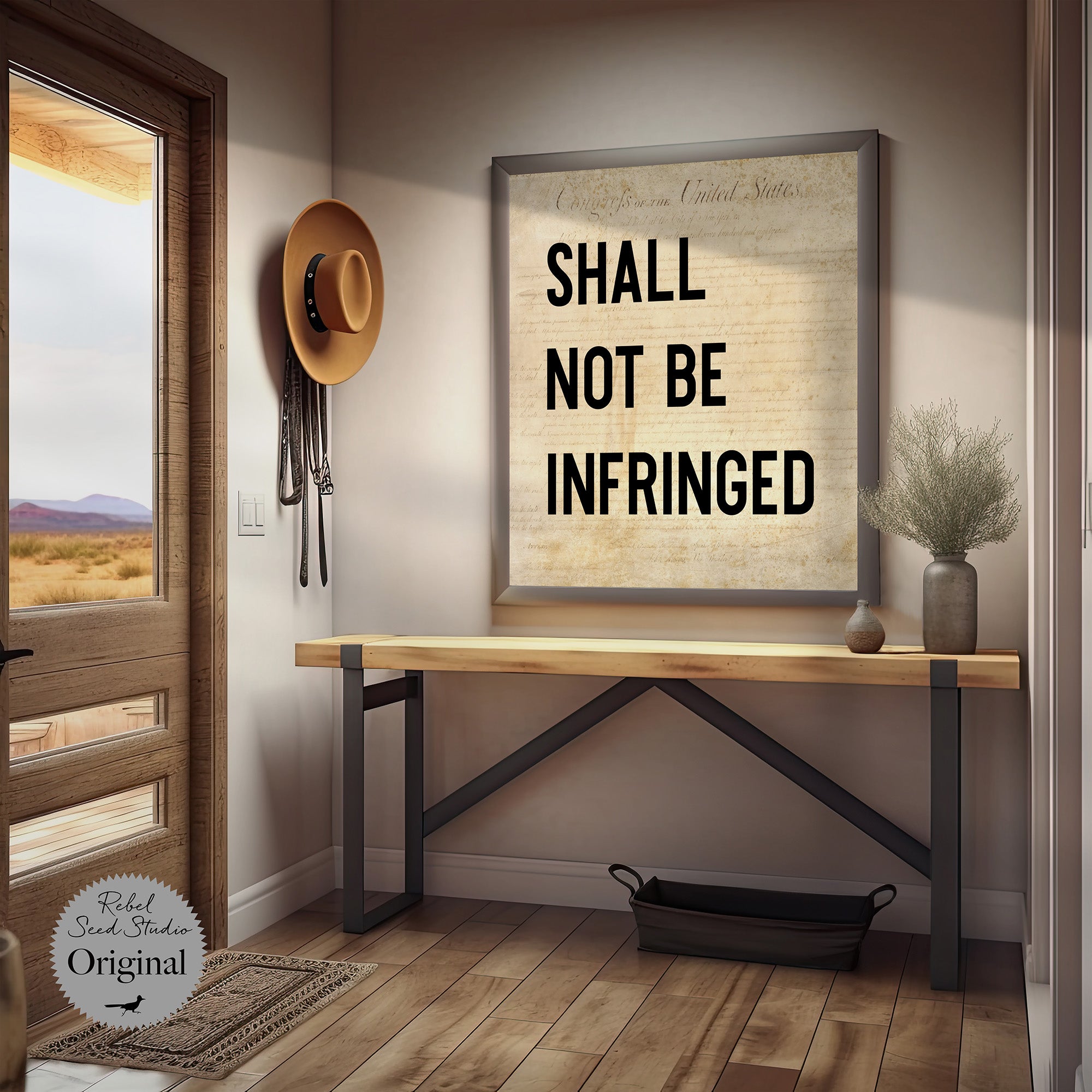
The Second Confiscation & Militia Act (History Notes)
The Second Confiscation Act, also known as the Confiscation Act of 1862, was a piece of legislation passed by the United States Congress during the American Civil War on July 17, 1862. It was intended as a measure to deprive the Confederate States of property and resources, weaken their war effort, and advance the cause of emancipation of slaves, and effectively allowed Black Americans to serve in the military for the Union during the Civil War.
The Second Confiscation Act built upon the First Confiscation Act of 1861, which allowed for the confiscation of property, including slaves, used in support of the rebellion. The Second Confiscation Act expanded the scope of property subject to confiscation, including not only property used for military purposes but also property belonging to Confederate officials and supporters.
One of the key provisions of the Second Confiscation Act was the declaration that slaves owned by persons engaged in rebellion against the United States would be considered "captives of war", hence "contraband", and would be forever free. This was a significant step towards the emancipation of slaves, as it granted legal authority for the Union Army to seize and liberate slaves held by Confederate sympathizers or used for supporting the Confederate war effort.
The Second Confiscation Act also included provisions for the enlistment of African Americans into the Union Army and the establishment of a system of "colored" regiments. This marked a significant shift in Union policy towards the enlistment of African American troops, as it provided a legal framework for their recruitment and service in the Union Army, which had previously been met with resistance.
In addition to its provisions on confiscation and emancipation, the Second Confiscation Act also addressed issues related to the use of militias in the Union war effort. It authorized the President to employ "persons of African descent" for labor or military service, and it called for the organization of such persons into "efficient brigades" or divisions under the command of white officers. This provision was aimed at utilizing African Americans as soldiers and laborers in support of the Union war effort.

































